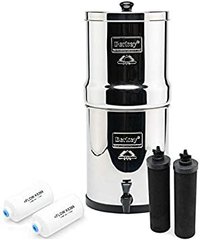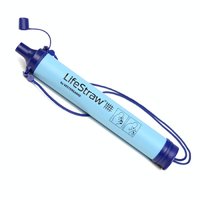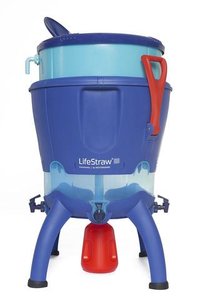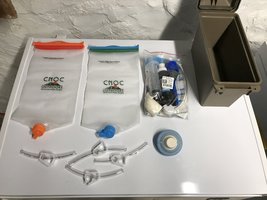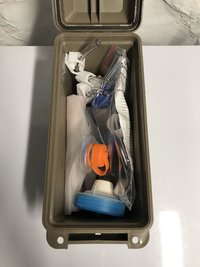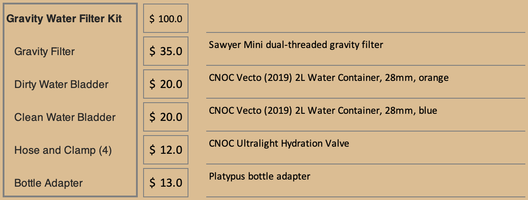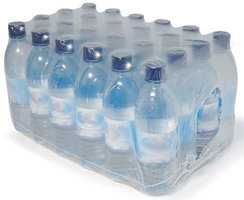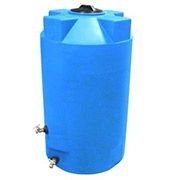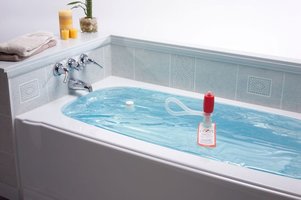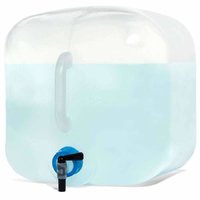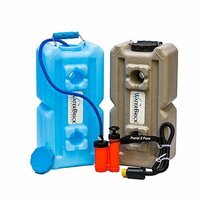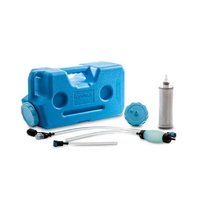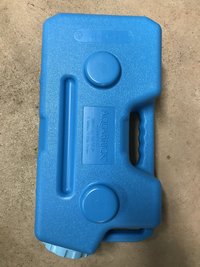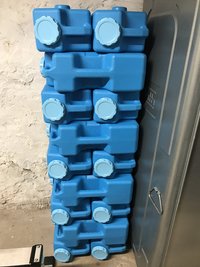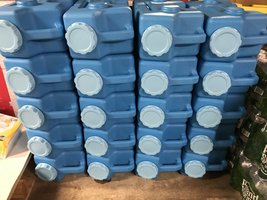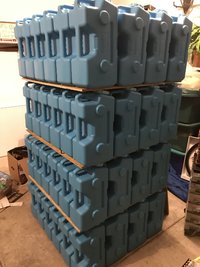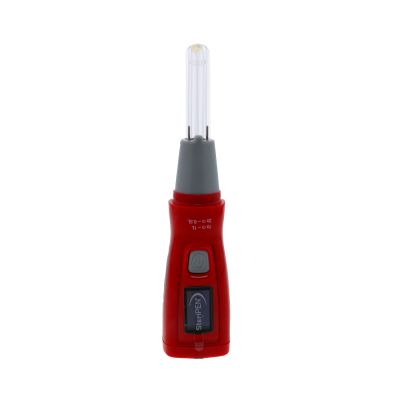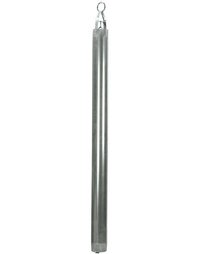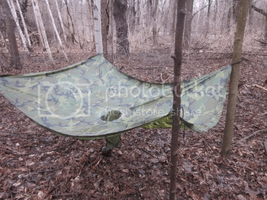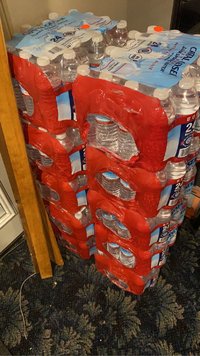This week's weather crisis in Texas is heartbreaking, especially since it led to a power and water crisis. When it comes to power and generators, most of us are anywhere from familiar to exceptionally prepared. But this is a good opportunity to think hard about water preparedness as well. Most Texans never imagined they would be in this situation and are struggling, literally dying. Last year I made a project out of water preparedness. Here are the things I learned. Please add to or correct as needed so we can avoid bad outcomes.
Water's such a basic physiologic need that we can only survive a few days without it. Municipal water comes from a reservoir, dirt cheap because it's subsidized, and couldn't be more convenient coming on-demand from multiple taps in your home... unless your water supply becomes compromised. And convenience leads to complacency. So what details should we consider?
Requirements
Multiple compromise scenarios.
Water's such a basic physiologic need that we can only survive a few days without it. Municipal water comes from a reservoir, dirt cheap because it's subsidized, and couldn't be more convenient coming on-demand from multiple taps in your home... unless your water supply becomes compromised. And convenience leads to complacency. So what details should we consider?
Requirements
- FEMA says people need one gallon of water day.
- Others estimate two or more. That's for consumption and hygiene.
- When was the last time you needed less than anticipated of anything? Plan on the generous side.
Multiple compromise scenarios.
- Biologic contamination. Microbes will make you sick.
- Boiling will kill the contaminants but consumes significant fuel and time. Possibly also requires ventilation depending on the heat source. Electricity might not be available, but electricity is also one of the most inefficient forms of heat anyway.
- A filter, preferably gravity with a reservoir so it can work passively for large volumes.
- Non-biologic contamination.
- Unlike relatively delicate microbial life, toxic chemicals might not "boil out" (break down into safe compounds). They require a high-quality filter or a different water source.
- May seem unlikely, but contamination could result from a major industrial accident or just one nefarious actor with a pickup truck and a barrel of chemicals who pulls up to the unguarded public reservoir. Either way, we've seen many examples and most never considered contamination that could not be boiled out.
- Supply disruption.
- Frozen pipes, construction accident, earthquake, pumping station malfunction, mismanagement, etc.
- Any supply compromise could last an extended period.
- Filters and generators alone cannot cover this scenario unless you have natural water near your property. But remember lakes and streams can run dry or freeze, and transporting water becomes a full-time job.
- If a widespread supply disruption occurs, assume every store for miles will sell out of bottled water within a few hours. You could waste significant time scrambling with nothing to show for it. Or even if you find a source, dealing with rationed sales and the panicked masses can be dangerous.
- Going mobile ("bug out").
- If an adverse event requires you to leave home, your dependence on water comes with you.
- It might not be you who has a water compromise but a family member a short drive away. Some solutions lend themselves to transit better than others.

